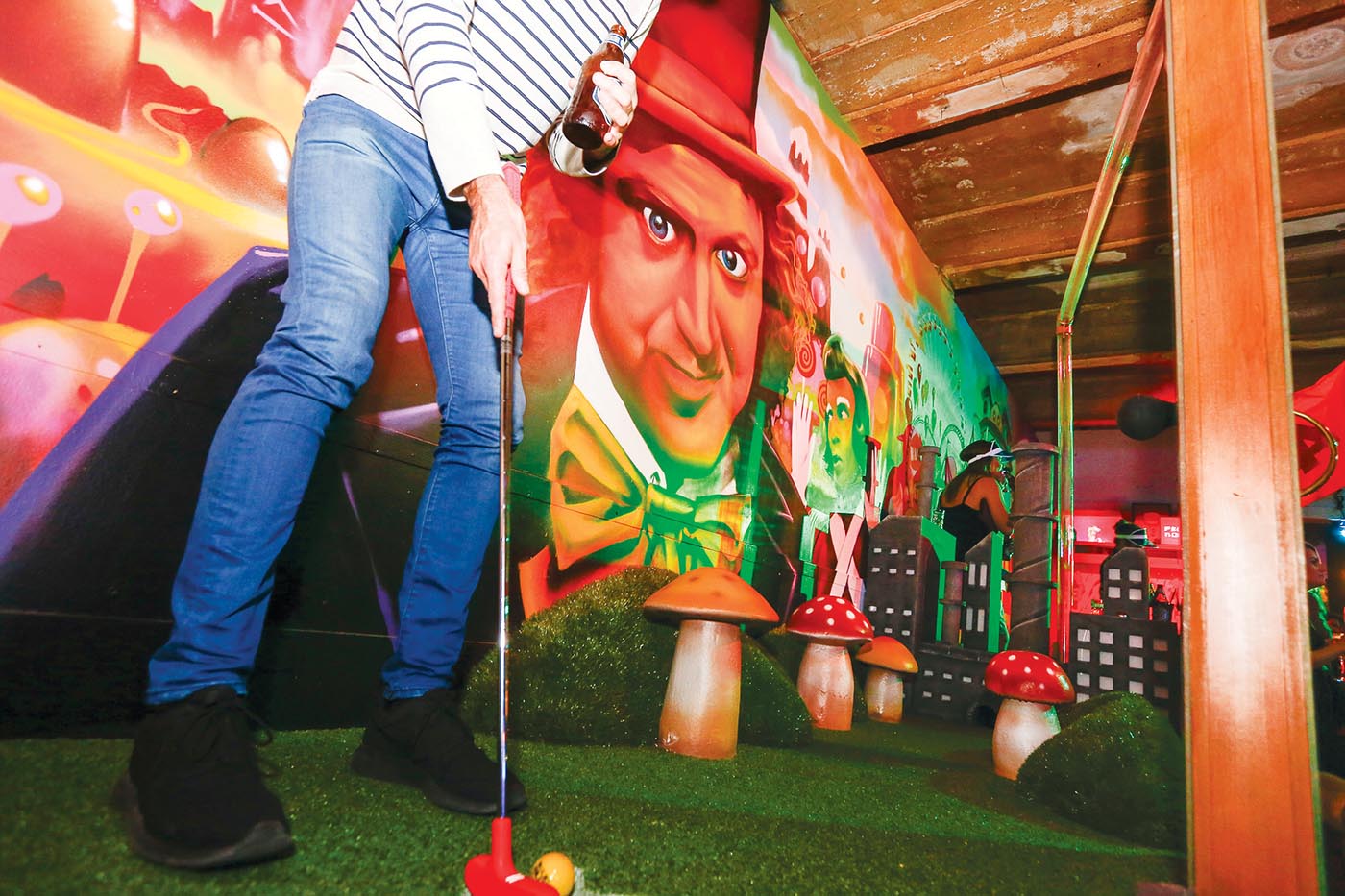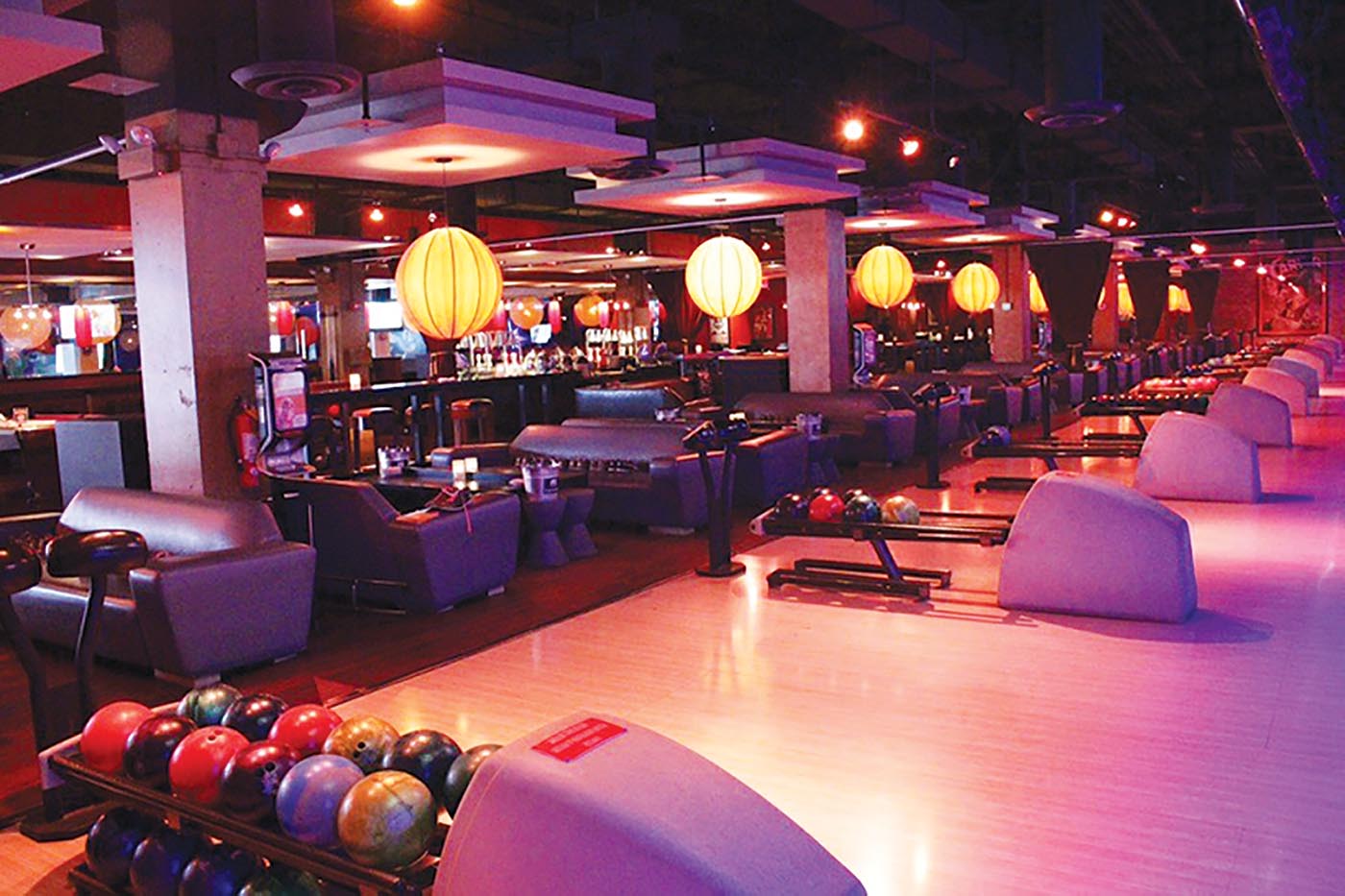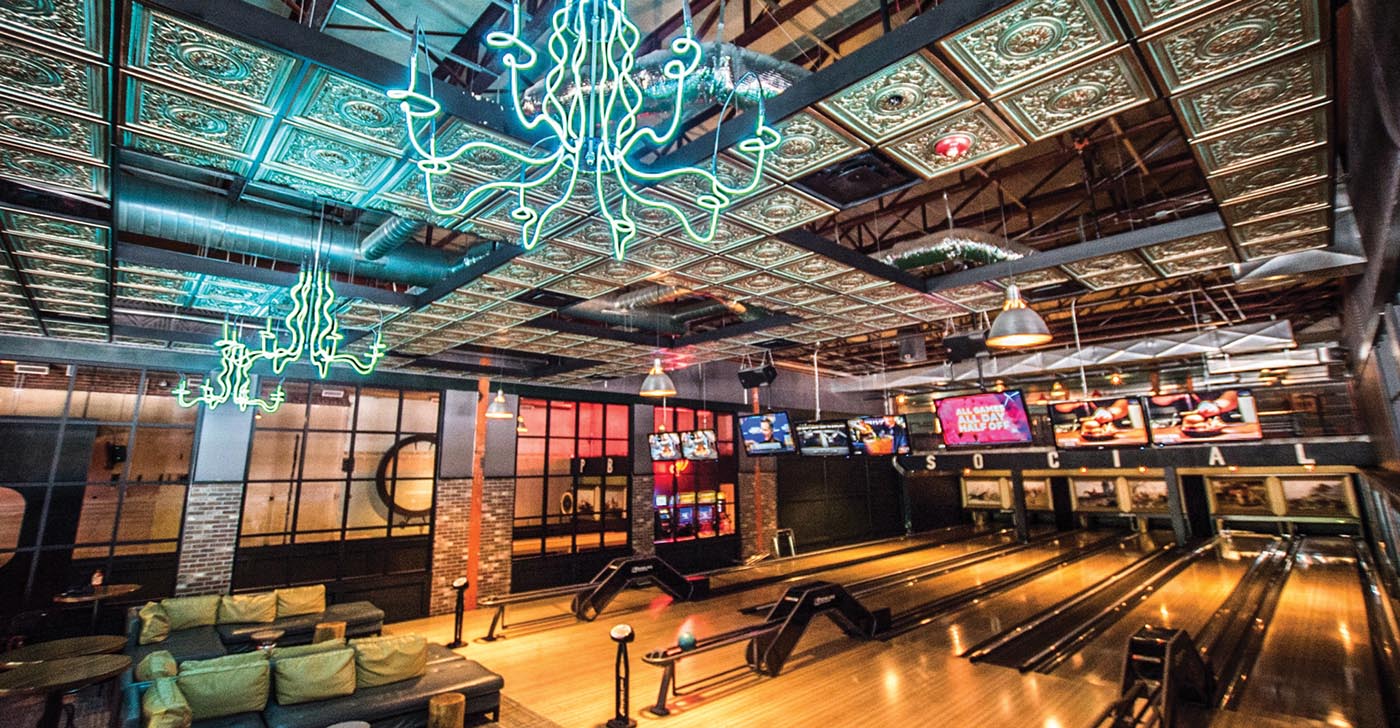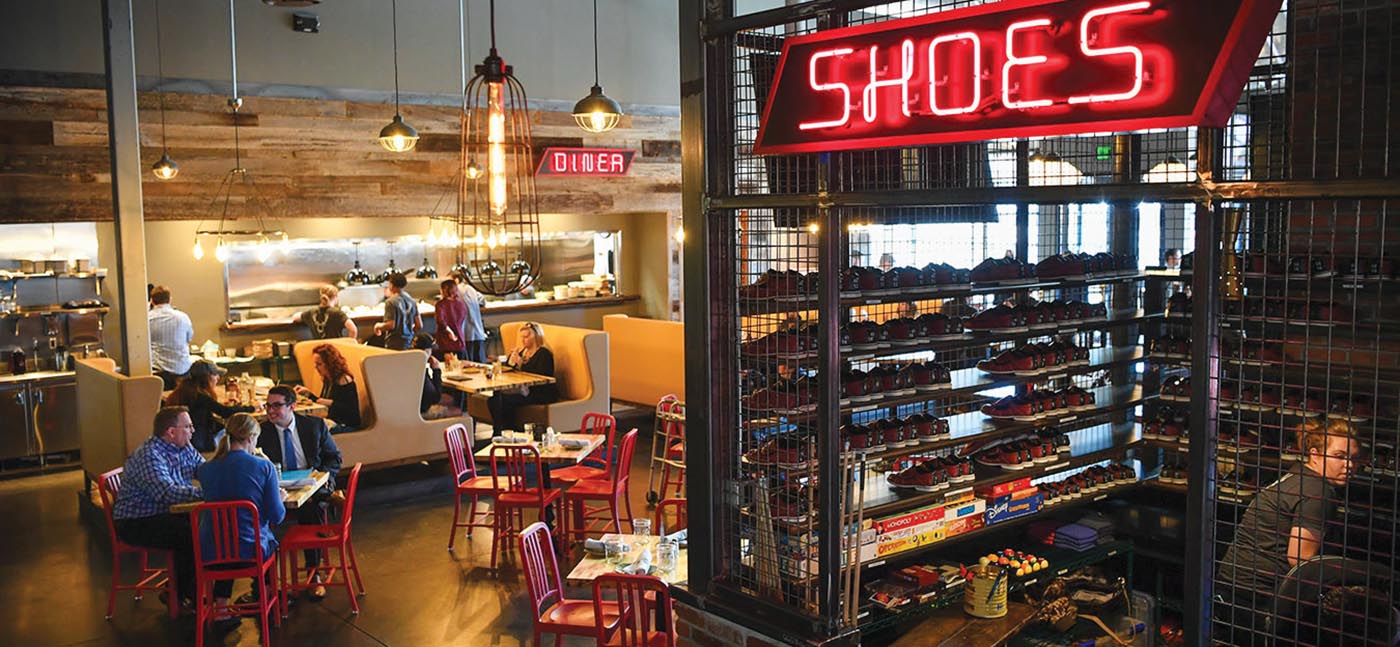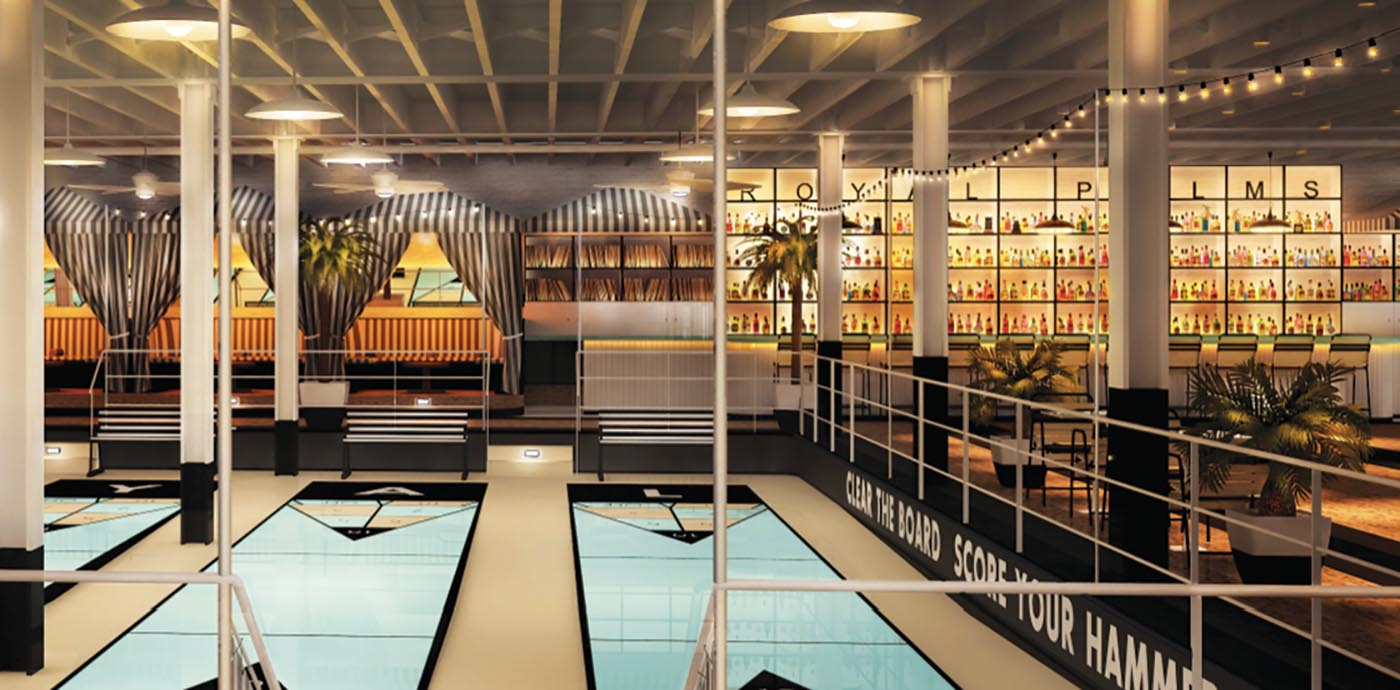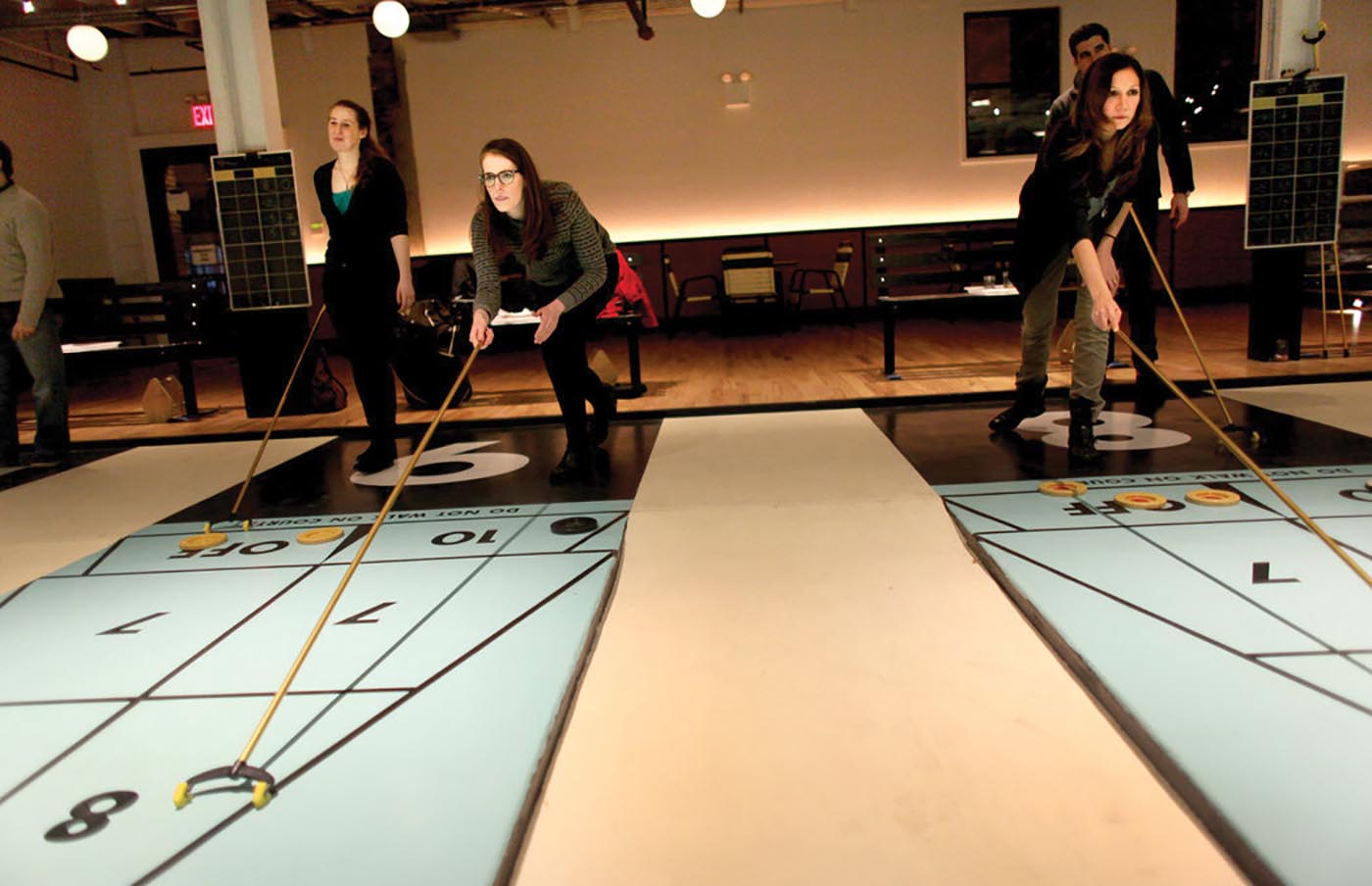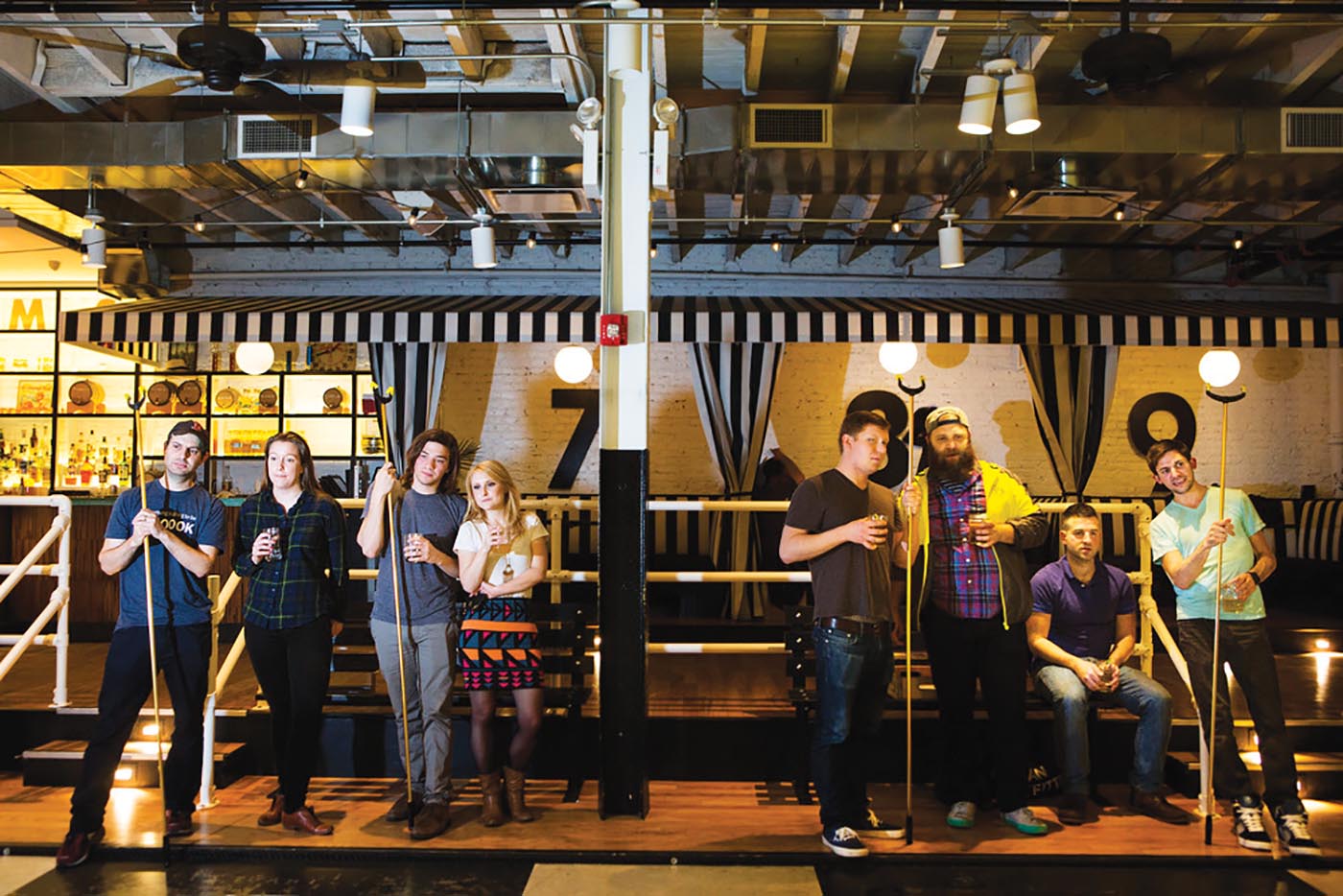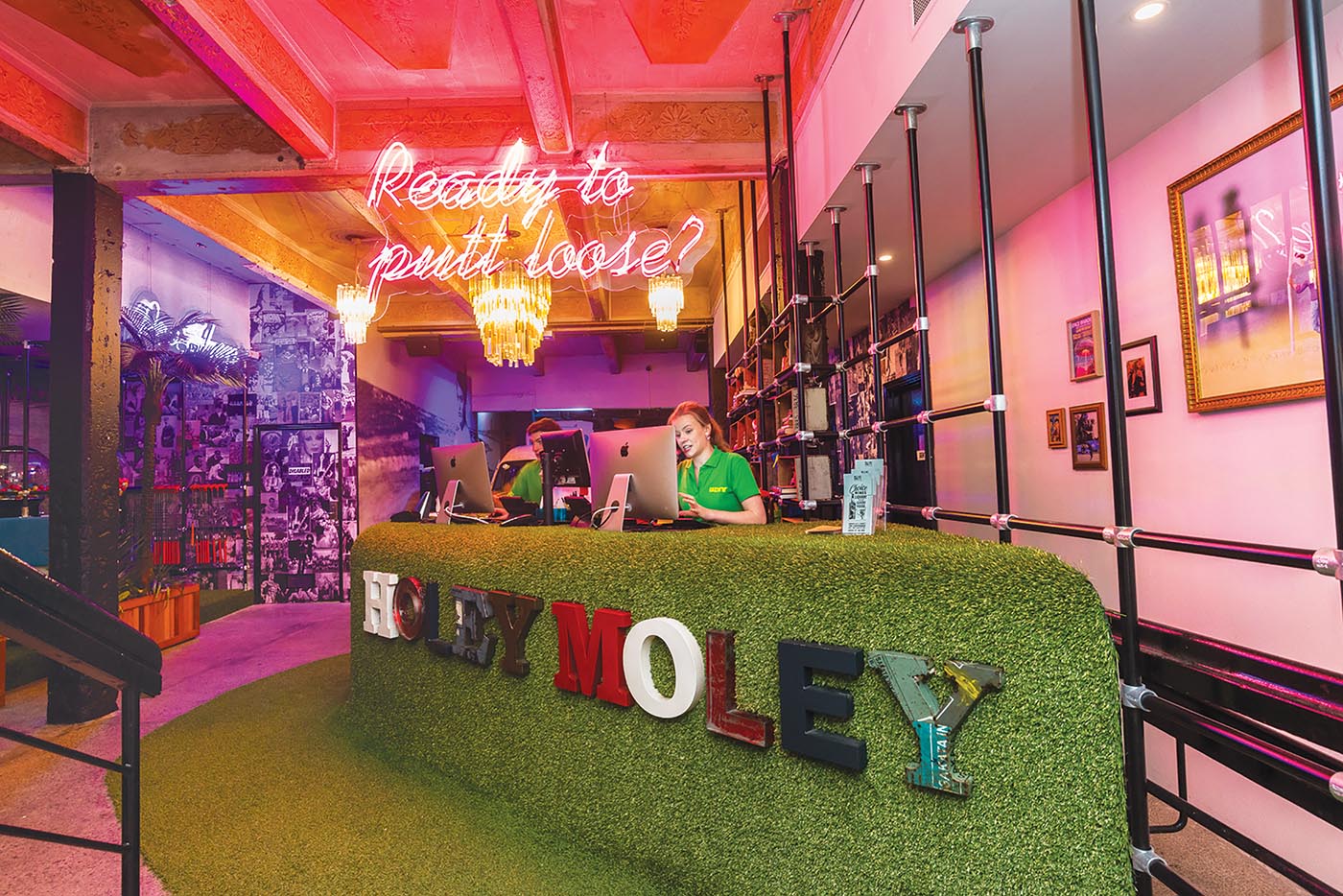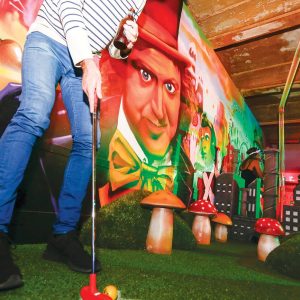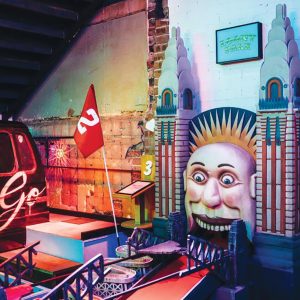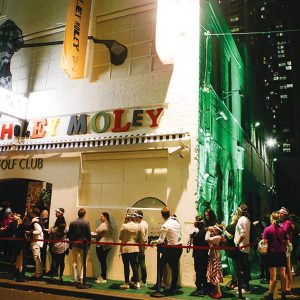Eatertainment, as defined in the Oxford Dictionary, is “an experience which combines eating with entertainment; specifically the sector of the restaurant industry comprising restaurant chains based on an entertainment theme, such as sport, music, or film”. While the idea of ‘eatertainment’ or ‘leisure-tainment’ might sound like a recent trend, the concept itself is not really new. Presented as an argument in the late 1980s in the Harvard Business Review, that businesses must be able to create memorable experiences as those memories are what people are willing to pay for, the idea started taking off in the 1990s in North America.
The experience economy is driving in-place retail today, agrees Urban Land Institute. People of all ages enjoy being together. Even in the age of social media, the best social experience is being face to face, whether that involves sharing a meal, browsing stores, exercising, or simply hanging out.
The creation of memory, of experience together, is inspiring the development of how places look and feel.
Restaurants and bars, as destinations for social gatherings, lend themselves well to entertainment, and what’s more social than engaging in a good-natured game with friends and family? Millennials, in particular, tend to put premium value on social and interactive activities when dining out and concepts that appeal to this demographic range from culinary theatre and innovative cuisine, to venues that offer actual games and activities. These themes and activities not only transform the dining experience, immersing the diner in a new world, but can appeal to the senses in a number of ways, from creating a feeling of excitement to awakening nostalgia.
- Lucky Strike New York
Hipster Bowling
It started with bowling. Call it high-end or hipster bowling, the bowling industry is undergoing an evolution, as smaller alleys close, giving way to larger, multi-entertainment venues. Then came bocce: once the province of elders from the old country, it’s now gaining new cache at millennials’ hangouts. Such old-school games, plus darts, ping pong, vintage arcade games and many more are suddenly new again. They’re being tapped by a growing number of innovative operators to put a decidedly modern spin on the ‘eatertainment’ concept, turning it more into ‘leisure-tainment’, with entertainment the primary focus.
One of the pioneers and still most successful ventures is Lucky Strike in the US. While the stereotype of the indoor sport is a league of beer-bellied men in smoke-filled bowling alleys, the Lucky Strike concept is targeting the young and hip, prompting USA Today to call it both a “hip hangout” and a “bowling alley for the new millennium.” With almost 20 locations across the US, and growing, it emerged as an industry leader in entertainment, thriving at the bustling intersections of live music, chef-driven cuisine, nightlife and bowling.
Born in Hollywood in 2003, showcasing the original décor and lanes from the Coen Brothers’ The Big Lebowski, the original Lucky Strike has among its patrons the likes of Beyoncé, Scarlett Johansson and Matthew McConaughey. A combination bowling alley, restaurant and bar, all adorned with leather, mahogany and designer lighting, it features a DJ playing cool tunes, a working 1930s photo booth and floor- to-ceiling screens flashing a collage of artwork by up-and-coming artists at the end of each lane. In fact, Lucky Strike calls itself a bowling lounge, not a bowling alley.
Their new concept called FTW, short for ‘for the win’, upped the food ante with the launch of a new giant gastropub dining concept inside its 12-lane bowling emporium. Already opened at three locations, they are bringing a chef-driven restaurant, intimate live music, craft beers and full-service mixologist bar to the high-energy bowling entertainment mecca. As Steven Foster, CEO of Lucky Strike explains, “We’re dedicated to creating a vibrant social atmosphere centered on an extraordinary entertainment and culinary excellence.” In Foster’s view, what makes his boutique alleys work is that they are each like a “great-looking living room or loft with something to do.” Any way you cut it, hipster bowling makes great business sense: it satisfies our outer sophisticate as it services our inner child.
Knockout Punch
In 2012, Punch Bowl Social began as an idea that sounded so hip that it was almost gimmicky – opening a restaurant replete with games for adults to play, and with handmade, locally sourced food. However, it’s turned into a concept so popular that it became one of the country’s most tagged restaurants on Instagram, according to USA Today.
- Punch Bowl Social
- Punch Bowl Social
- Punch Bowl Social
Typically, these are huge venues with three floors of excitement and with décor that follows what the company calls a “dirty modern” style with a mash-up of chandeliers, which blends industrial, Victorian, mountain lodge and modern design elements. Its cool ‘gastro-diner’ features chef-created selection with locally sourced organic ingredients while the drinks menu also sources local beers, craft spirits and wines and offers classic and innovative cocktails. Customers are equally drawn to the concept’s old-school games such as bowling, darts, marbles, shuffleboard, ping pong, billiards, vintage arcade games and private karaoke.
“Punch Bowl Social is both forward-thinking and retrospective,” says founder Robert Thompson.
“The goal is to create an experience where we celebrate modern gastro fare and craft drinks, while celebrating the times when life was simple and good.”
Here, brunch is seamlessly turning into a bowling party and bowling parties turning into all-you-can-sing karaoke. In other words, it’s heaven for the hipster/millennial crowd.
Millennials have certain expectations and a traditional bowling centre doesn’t fit the bill.
Without providing high-quality cuisine and drinks in a funky, interesting locale, this group “will not take you seriously”. Because the concept is so millennial, it started with cities that artistic 20-somethings love, that means they said no to LA and Manhattan and instead ran toward epicentres of creativity and innovation: namely Denver, Portland, Austin and Detroit.
“We were very focused on culturally relevant cities,” Thompson says. “Youth drives culture, our customer base is millennial… There’s high art to our concept, and we’ve gone into what you might consider high-art cities.” And it’s worked. There are already eight locations across the ‘hip’ cities in the US, with plans to add six more in the next couple of years.
Push comes to shove in Brooklyn
The Royal Palms Shuffleboard Club, the first shuffleboard club in New York, is trying to turn the pastime favoured by Floridian retirees and cruise-ship vacationers into the next Ping-Pong among the borough’s barhopping millennials. It’s not as unrealistic a quest as it may seem though. After all, bowling once appeared to be the province of the potbellied class until 1998, when the Coen Brothers gave it their imprimatur in The Big Lebowski. Now, hipster bowling is a growing phenomenon globally.
- The Royal Palms Shuffleboard Club, New York
While Brooklyn and shuffleboard may not seem like an obvious fit, they do share similarities. Shuffleboard is a sport with a low athletic buy-in and offers plenty of time to drink between turns, as the New York Times sums it up. It is as social as bocce and can be as mellow as croquet.
Located in a refurbished warehouse, the Royal Palms space, as featured in Wallpaper design magazine, has been infused with a cool, tropical colour palette, most notably by eschewing the traditional green of the courts for a swimming pool shade of turquoise instead. A massive hall of Florida kitsch, complete with palm trees and park benches, is mixed with concrete-heavy industrial design, featuring 10 bonafide sunken shuffleboard lanes. Striped cabanas and gleaming courts add a welcome dose of polish and the bathroom is selfie ready with campy pink-flamingo wallpaper. Drinks served in ball jars from two eight-metre bars “taste like a vacation”: think coconut cocktails and key-lime fizzes with straw twists or paper umbrellas. Instead of a kitchen, there’s a bay for food trucks, rotating nightly, with offerings from lobster rolls and vegan hot dogs to Serge Gainsbourg nights with a crepe truck.
Not surprisingly, with all these pieces in place, The Royal Palm’s playful union of rose-tinted nostalgia and urban irony could not have come together more perfectly for über-cool Brooklyn.
No ifs, just putts
Closer to home, from the people behind Strike Bowling comes Holey Moley Golf Club, self-described as a leisure-tainment experience unlike any other in the country, combining a cocktail bar, mini-golf course, work of art, retro and social commentary and all-out cool hub rolled into one brilliant venue opened from 10am through to late, late night. Think hipsters, corporates, families and those that thankfully don’t fit into a box – it’s the melting pot of putters, writes one urban blogger.
Opening fast in all major cities in Australia, this 18-hole mini golf course is what kidult dreams are made of, topped off with a gourmet kitchen, local DJ and a fully equipped cocktail bar. Yes, according to city bloggers, cocktails while you golf are now a thing.
- Holey Moley – indoor mini-golf and cocktail bar
Instead of the usual windmills and castles, the course of the Sydney venue is pop culture-inspired and features gems such as a reproduction of The Simpsons’ living room, a hole inspired by the classic ’80s video game Pac-Man and the laughing face of Sydney’s Luna Park. Each mini golf hole is listed on the light box, with playful names like ‘Baby’s Got Pac’ and ‘Smells Like Tee Spirit’; the bar is called ‘Smoking Possum’ and neon lights spell out slogans such as ‘Who’s your caddy?’. It’s all lighthearted, colourful and undeniably fun. Holey Moley doesn’t take itself too seriously, and it shows. So par so good!
So what is it, exactly, about games model that has us all busting out our wallets? Maybe it’s nostalgia for simpler days, the games’ appeal of tactile over virtual, a craving for a more physical, real-life diversion from digital Angry Birds and Candy Crush on the smartphone. And unlike digital diversions, it takes two or more to play them, adding a vital social component. Maybe it’s just that we all want a few hours now and then where we get to play around and act like kids. Except now, as adults, we can do that with a cocktail in hand.


